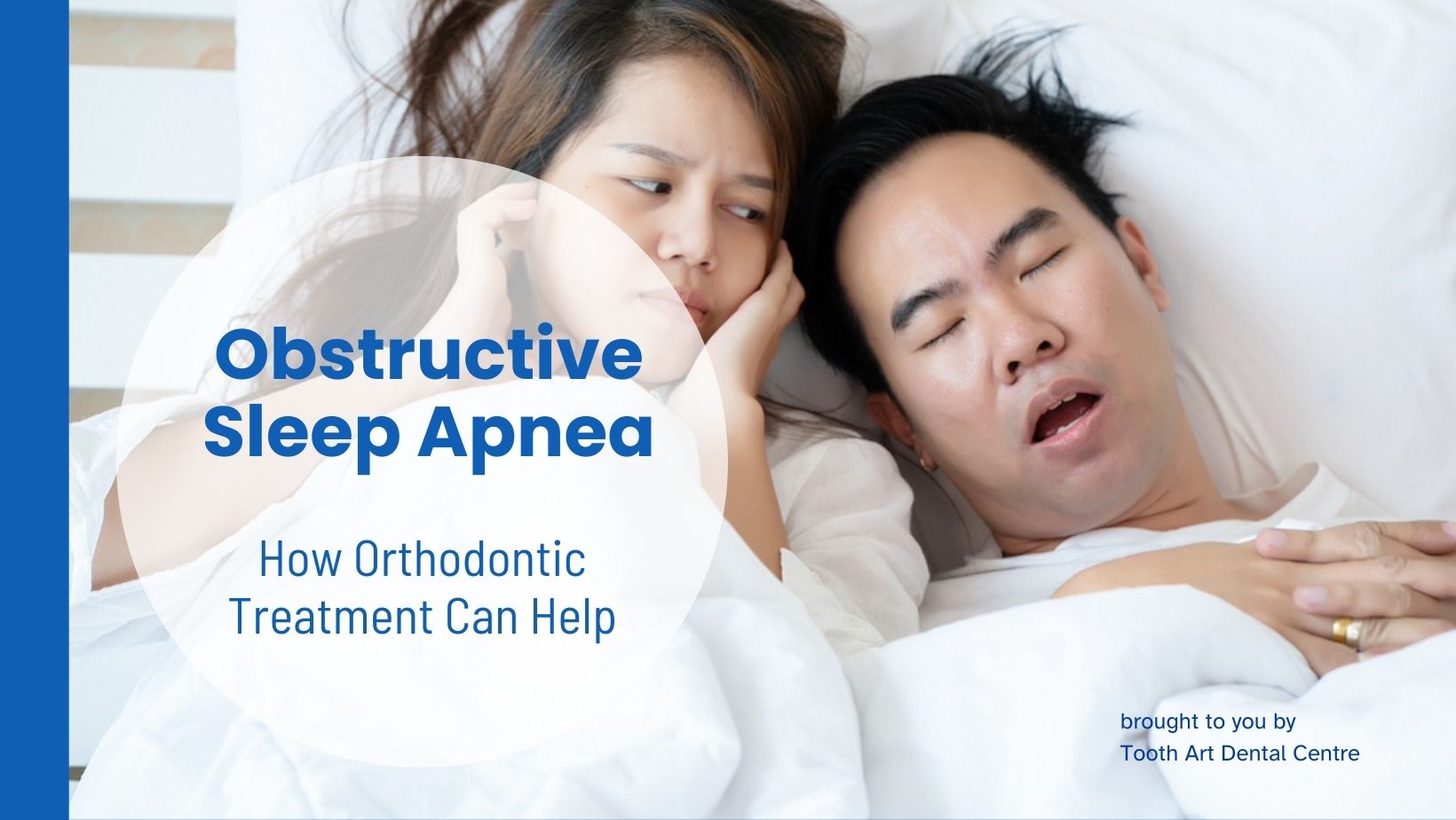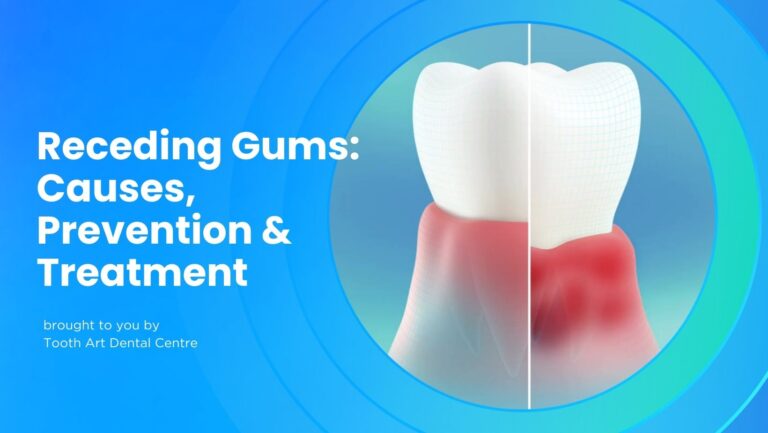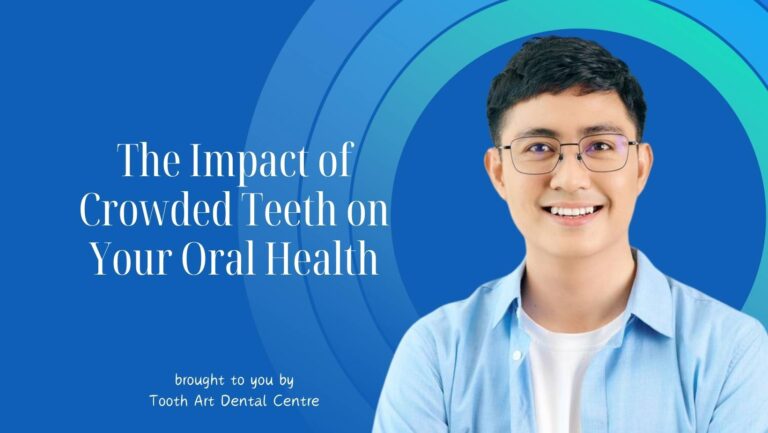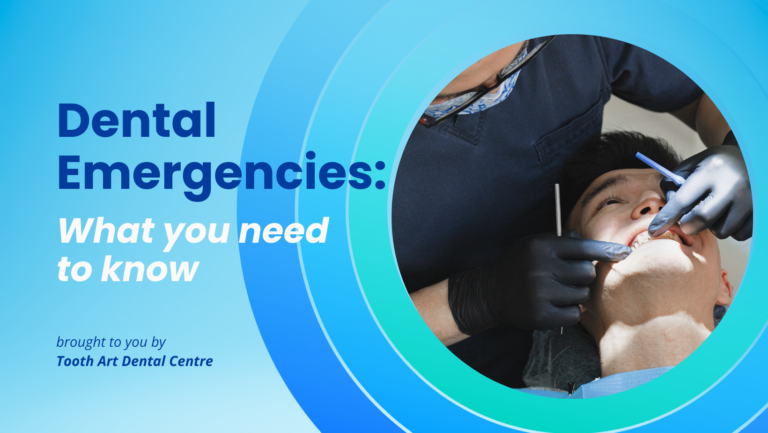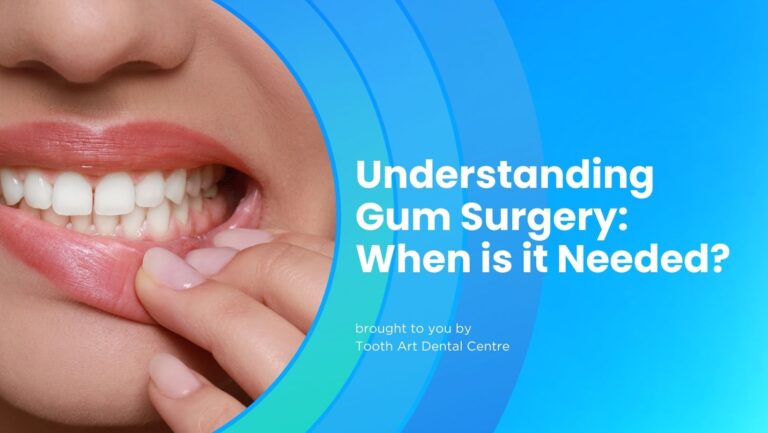Obstructive Sleep Apnea: How Orthodontic Treatment Can Help
Understanding Sleep Apnea
Sleep apnea is a serious sleep disorder characterised by pauses in breathing or periods of shallow breathing during sleep. These interruptions can occur multiple times per night, leading to a fragmented, poor-quality sleep. The most common type, obstructive sleep apnea (OSA), occurs when the throat muscles intermittently relax and block the airway during sleep.
Common Causes and Symptoms of OSA
Factors contributing to OSA include obesity, age, family history and anatomical variations such as a narrow airway. Lifestyle factors like smoking and alcohol use can also exacerbate the condition.
Common symptoms of OSA include loud and chronic snoring, observed episodes of breathing cessation during sleep, abrupt awakenings with gasping or choking, morning headaches, a dry mouth or sore throat upon waking, excessive daytime sleepiness, difficulty concentrating, mood changes such as depression or irritability and high blood pressure.
The Role of Orthodontics in Treating OSA
Notably, the involvement of orthodontics in treating obstructive sleep apnea is gaining greater attention and recognition. According to the American Dental Association (ADA), dentists play a crucial role in screening for OSA-related risk factors, such as large tongues, high arched palates, and other abnormalities, during routine oral examinations.
Orthodontic Treatments
Orthodontic treatments, traditionally associated with straightening teeth and correcting bite issues, can play a significant role in addressing obstructive sleep apnea. For example, in children and adolescents, early orthodontic evaluation and intervention can address developmental issues that might lead to obstructive sleep apnea, such as narrow dental arches or an underdeveloped jaw.
In adults, orthodontic treatments such as braces or aligners can adjust the position of teeth and jaws, potentially alleviating obstructions in the airway. Correcting overbites or underbites, for instance, can change the dynamics of the airway space.
Dental Devices for Treatment of OSA
Mandibular advancement devices (MADs) are among the most common dental appliances used to treat sleep apnea. These devices work by moving the lower jaw (mandible) forward, which can help keep the airway open during sleep. Studies have shown that MADs can considerably reduce apnea-hypopnea index (AHI) scores, a measure of sleep apnea severity, and improve overall sleep quality.
Another option is the tongue-retaining device (TRD), which holds the tongue in a forward position, preventing it from blocking the airway.
Comprehensive Treatment Approach
Treating sleep apnea often requires a multidisciplinary approach. Orthodontists, dentists and sleep specialists work together to create a comprehensive treatment plan. It’s essential for patients with sleep apnea to have a thorough evaluation, including a sleep study, to determine the most effective course of treatment.
The Importance of Customised Treatment
Every patient’s condition is unique, and so is the treatment plan. For instance, the effectiveness of MADs can vary based on the severity of sleep apnea and the specific dental and skeletal characteristics of the patient. Custom-fitted devices, designed based on dental impressions, are often more effective and comfortable.
Lifestyle Modifications
In addition to dental devices and orthodontic interventions, lifestyle changes can greatly impact sleep apnea management. Weight loss, avoiding alcohol and sedatives before sleep, and changing sleep positions can all contribute to alleviating symptoms.
The Impact of Sleep Apnea Treatment on Overall Health
Improving sleep apnea symptoms goes beyond just ensuring a good night’s sleep. Untreated sleep apnea can lead to various health issues, including cardiovascular problems, daytime fatigue, and decreased cognitive function. Effective management of sleep apnea can lead to better overall health and quality of life.
Conclusion
The integration of orthodontic treatment with obstructive sleep apnea therapy is increasingly recognised as a critical strategy in enhancing overall patient well-being. Through this collaborative approach, dental professionals can offer more comprehensive care, potentially improving not only the patient’s oral health but also their sleep quality and general health.
Do you or a loved one experience symptoms similar to that of OSA? It may be time to seek professional help. Schedule a consultation with an orthodontist for a proper diagnosis and treatment plan.
References: “Sleep Apnea (Obstruction)” American Dental Association. This source discusses the role of dentists in the treatment of OSA, and use and effectiveness of mandibular advancement devices in treating sleep apnea.
Note: This article is intended for informational purposes only and does not substitute for professional medical advice. Individuals experiencing symptoms of sleep apnea should consult with healthcare professionals for a personalised diagnosis and treatment plan.

